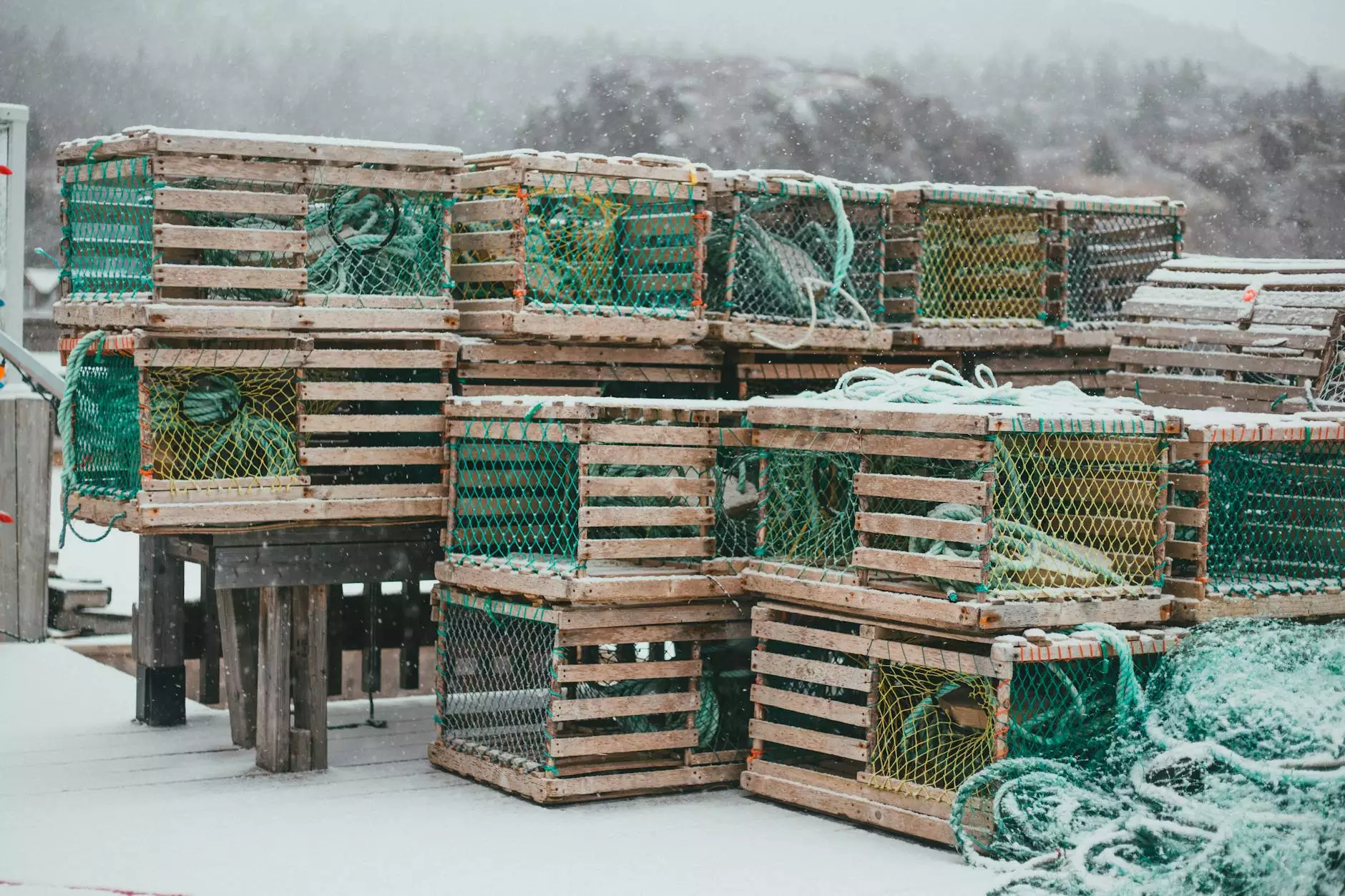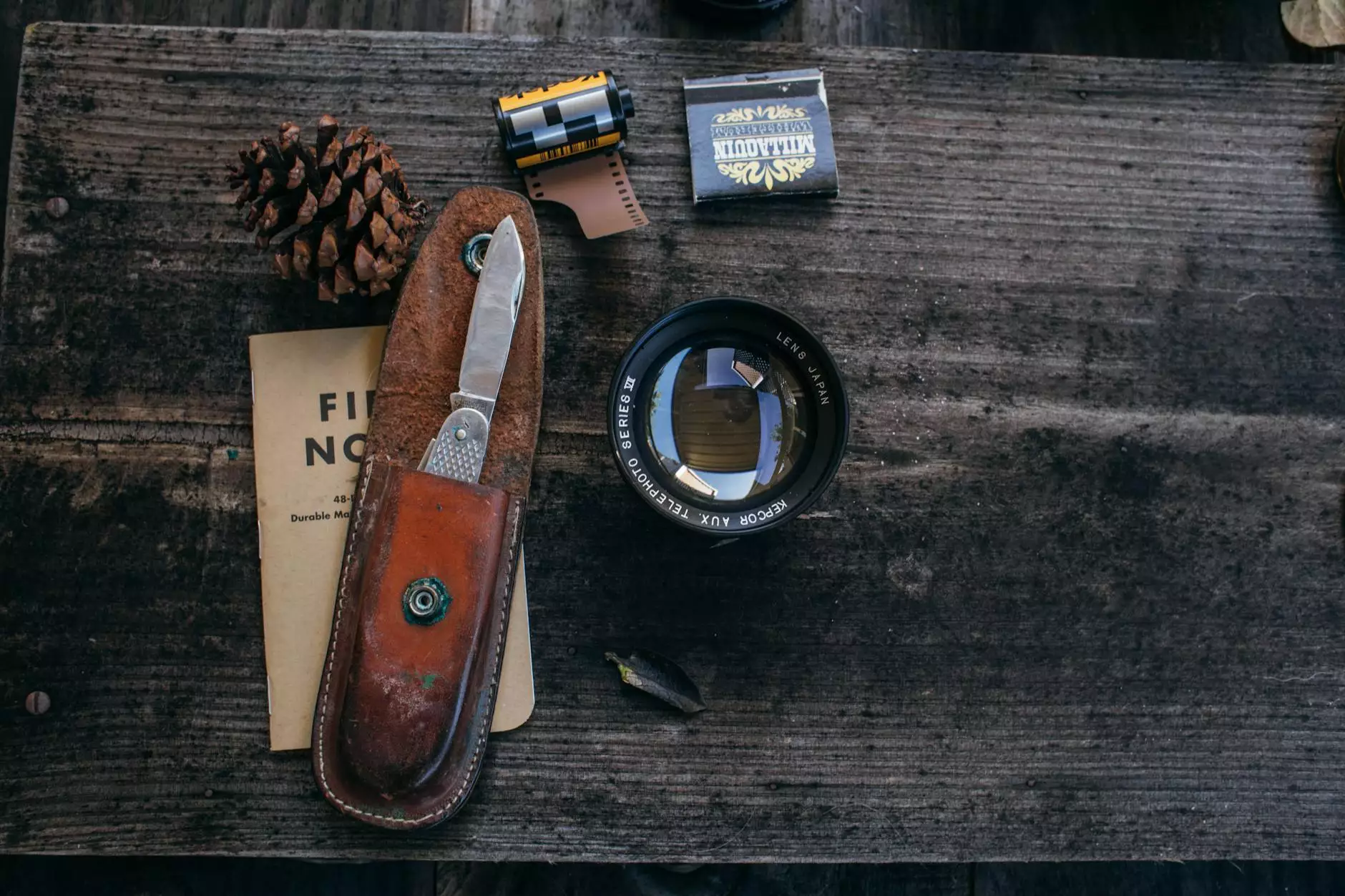Storing Winter Sports Equipment
Storage
Introduction
Welcome to Screens Unlimited Blog, your go-to source for all things related to Business and Consumer Services. In this comprehensive guide, we will walk you through the best practices for storing winter sports equipment. Whether you are an avid skier, snowboarder, or ice skater, proper storage is essential to ensure the longevity of your gear.
1. Cleaning and Drying
Before storing your winter sports equipment, it is crucial to clean and dry them thoroughly. Start by removing any dirt, debris, or snow from the surface. Use a soft brush or cloth to gently wipe away any remaining residue. For skis or snowboards, pay special attention to the edges and bindings.
Once the equipment is clean, allow it to dry completely. Moisture can lead to rust and deterioration, so ensure that everything is dry before moving on to the next step. You can use a towel or leave the gear in a well-ventilated area to air dry naturally.
2. Waxing and Tuning
For optimal performance and protection, consider waxing and tuning your winter sports equipment before storing them. Waxing helps to maintain and protect the base of skis or snowboards, while tuning ensures that the edges are sharp and ready for the next season.
If you are unsure how to wax or tune your gear, it is advisable to seek professional assistance from a trusted ski shop or sports equipment store. They have the necessary tools and expertise to ensure your equipment is in top condition.
3. Proper Storage Bags
Investing in proper storage bags is essential to protect your winter sports equipment during the off-season. Skis, snowboards, and ice skates should be stored in padded or protective bags to prevent any damage. These bags are designed to keep your gear safe from scratches, dents, and dust.
Make sure the bags are clean and dry before placing your equipment inside. Avoid storing them in plastic bags, as they can trap moisture and promote mold or mildew growth. Opt for breathable bags that allow air circulation while keeping your gear safe.
4. Temperature and Humidity Control
When it comes to storing winter sports equipment, temperature and humidity control are essential factors to consider. Extreme temperature fluctuations can affect the integrity of your gear, leading to warping or cracking. Additionally, high humidity levels can promote mold or mildew growth.
Choose a storage area that is dry, cool, and well-ventilated. Avoid basements or attics that are prone to temperature and humidity fluctuations. If possible, store your equipment indoors at room temperature. You can also use a dehumidifier or moisture-absorbing products to maintain optimal conditions.
5. Vertical Storage
For skis and snowboards, vertical storage is preferable over horizontal storage. This helps to prevent unnecessary strain on the gear and maintains their shape. Consider investing in a ski or snowboard rack to securely store your equipment.
Ensure that the rack is stable and properly secured to avoid any accidents. You can also use protective padding or straps to further protect your gear from scratches or damage.
6. Regular Inspections
Even when in storage, it is important to regularly inspect your winter sports equipment. This allows you to catch any signs of damage or wear early on, ensuring that your gear is ready for the next season. Check for any cracks, rust, loose bindings, or other issues that may require professional attention.
If you notice any problems, it is advisable to consult a qualified technician or ski shop for repairs. Addressing issues promptly will prevent further damage and extend the lifespan of your equipment.
Conclusion
Proper storage is key to maintaining the longevity and performance of your winter sports equipment. Screens Unlimited, the experts in Business and Consumer Services, have provided you with a detailed guide to help you store your gear effectively. Remember to clean, dry, wax, and tune your equipment before storing them in proper bags. Control temperature and humidity, opt for vertical storage, and regularly inspect your gear for any signs of damage. By following these steps, you can ensure that your winter sports equipment is ready for action in the next season!



